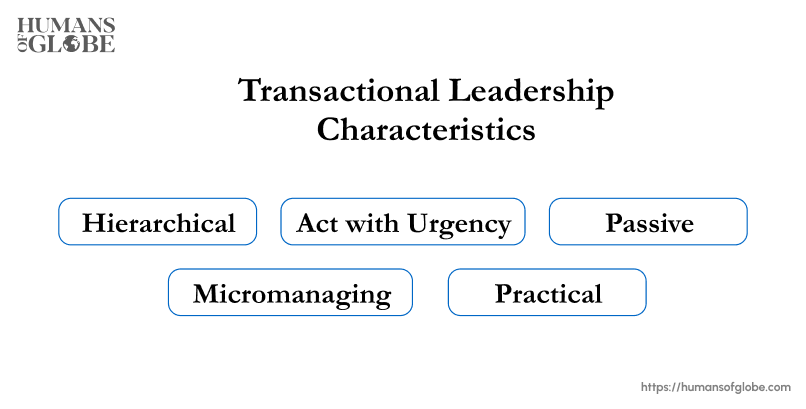The need for dynamic and adaptable leadership approaches has become more crucial than ever.
One model that has gained significant traction is the Transactional Leadership Model, offering a practical and results-driven framework for guiding teams and organizations toward success.
This model presents a fresh perspective on leadership, emphasizing the importance of clear goal-setting, open communication, and mutually beneficial exchanges between leaders and followers.
A Clear Path to Mutual Benefit
The Transactional Model of Leadership is built upon the premise of a reciprocal exchange between leaders and their followers.
Leaders outline specific goals and expectations, while followers contribute their efforts and compliance in exchange for rewards or incentives.
This approach fosters a sense of accountability and transparency, as both parties understand their roles and responsibilities within the dynamic.
One of the key advantages of this model is its ability to drive performance and productivity. By establishing clear objectives and linking rewards to their achievement, leaders can effectively motivate their teams to strive for excellence.
Companies like Google and Amazon have successfully implemented variations of this model, leveraging performance-based incentives to foster a culture of continuous improvement and innovation.
According to a study by the Harvard Business Review, organizations that effectively implement transactional leadership practices experience an increase in employee engagement and an overall boost in productivity.
These tangible results underscore the model’s potential to drive measurable business outcomes.
“The Transactional Model provides a structured approach to leadership, enabling clear communication of expectations and fostering a sense of accountability” .
Dr. Emily Thompson, a renowned leadership expert at Stanford University
Balancing Structure and Flexibility
While the Transactional Model emphasizes structure and goal-oriented leadership, it also recognizes the importance of adapting to changing circumstances.
Effective transactional leaders understand the need to adjust their approach based on situational factors, team dynamics, and evolving organizational needs.
This flexibility is particularly valuable today, where agility and responsiveness are critical to maintaining a competitive edge.
Companies like IBM and Microsoft have successfully integrated transactional leadership principles with a more transformational approach, fostering innovation and empowering their teams to embrace change.
According to a Gallup study, employees who feel their leaders are open to adjusting their leadership style based on situational needs are more likely to report high levels of engagement and job satisfaction.
This finding highlights the importance of striking a balance between structure and adaptability within the Transactional Model.
Building Trust Through Transactional Leadership
Beyond its focus on goal-setting and reward systems, the Transactional Leadership Model also emphasizes the importance of trust and professional development within the leader-follower dynamic.

By consistently fulfilling their commitments and providing appropriate recognition and support, leaders can cultivate a sense of trust and loyalty among their teams.
Moreover, effective transactional leaders recognize the value of nurturing their followers’ growth and development.
By providing constructive feedback, coaching, and opportunities for skill development, they can empower their teams to reach their full potential and contribute more effectively to the organization’s success.
The transactional Leadership Model offers a versatile and adaptable framework for navigating complex challenges and driving organizational performance.
By sticking up to its principles of clear communication, mutual accountability, and continuous development, leaders can unlock the full potential of their teams and propel their organizations toward sustained success.
Closing Thoughts
The Transactional Leadership Model presents a compelling approach for modern leaders seeking to motivate and align their teams toward shared objectives.
By leveraging its principles of goal-oriented leadership, open communication, and mutual benefit, organizations can foster a culture of accountability, trust, and continuous improvement.
The ability to adapt and refine leadership approaches will be crucial for staying ahead of the curve.
We invite our readers to share their experiences and insights on implementing effective leadership strategies.



